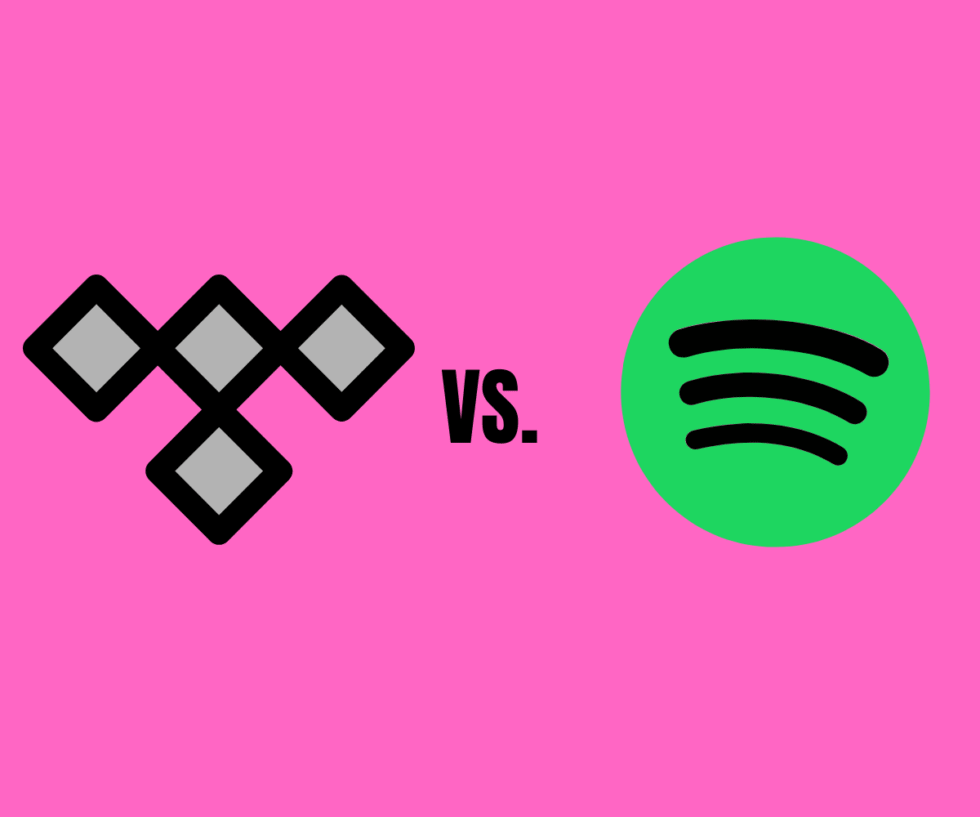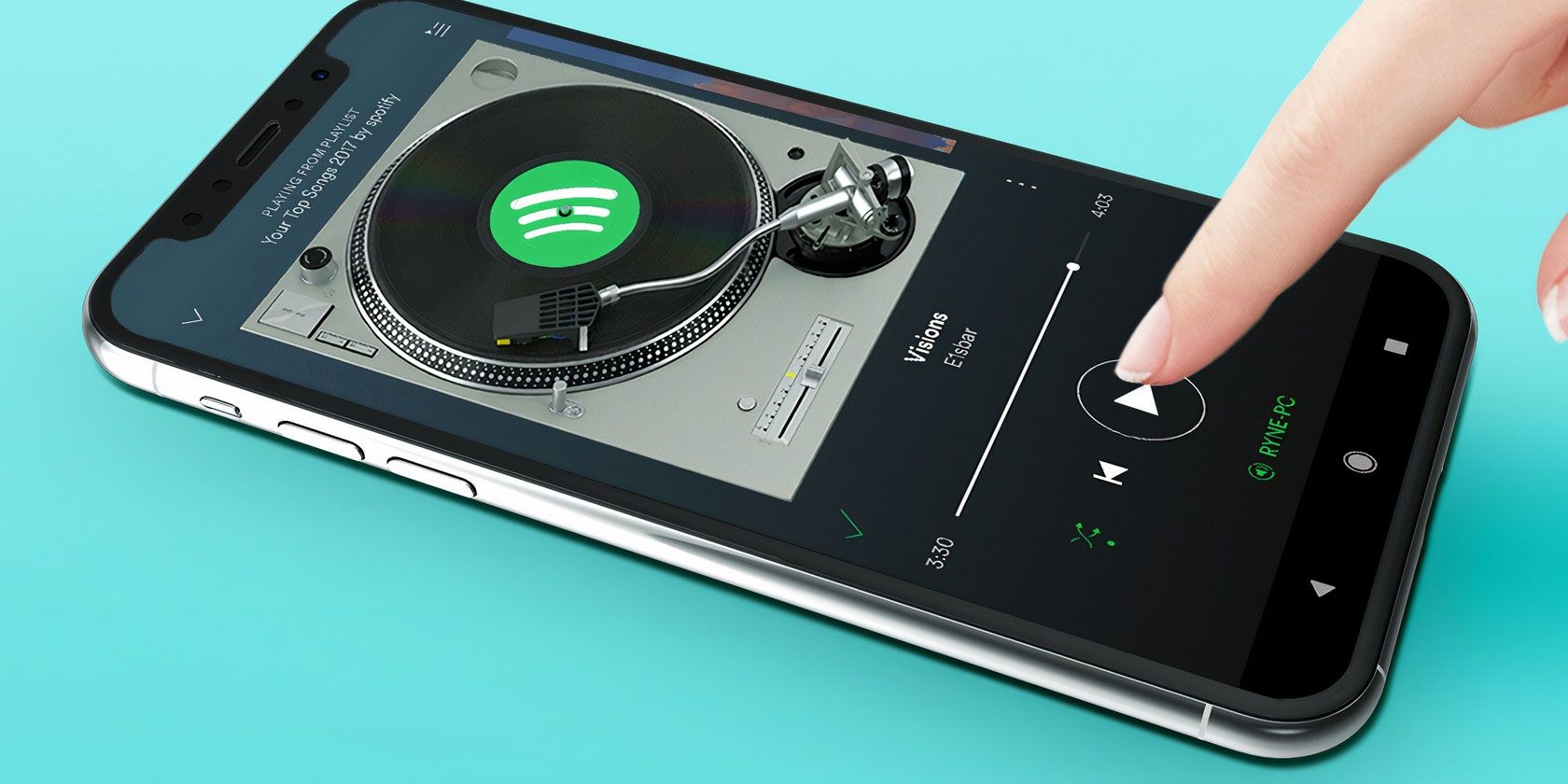

Spotify has about 1.2M artists and 82M tracks available. Because I can’t give you any objective data to explain my preference, it’s still… On top of that, on paper, Tidal is better, so that is probably influencing my decision. What I find is that Tidal sounds “less harsh” to my ears at higher volumes, so loud+less harsh=good! I have discussed this with my editor and he has confirmed the same – too many factors are involved to make an objective conclusion. So that means that you won’t get one song super low and the next super loud. All normalization does is make sure that each song is the same relative volume. I know that there is a difference in normalization between Tidal and Spotify. I think Tidal sounds better, but I can’t pinpoint why. Ok, here is where I spit out subjective rhetoric. Any change in that mastering process could be what you are hearing. Sometimes the lossless track is newer and was remastered. The only time you can definitively say that the compression is the cause of the difference is when you know that the compression track and the lossless both came from the same master (which is true in the A/B/X test).

Is it the Bitrate or the Mix?īut what if they do? What does that mean? Well, many people want to look at the bitrate or the compression and point to that as the reason one sounds better (or different) than another. So, while Tidal may, on paper, have better files than Spotify, they shouldn’t sound any different to you.

If you do pick them out in the test, you’ll never notice them in casual listening. And those differences? Functionally inaudible.
#Tidal vs spotify audiophile 320kbps#
Telling the difference between 320kbps and lossless is exceedingly difficult. I’ve done the test with multiple headphones including planar magnetic models connected to high-end external headphone amps. If you want to hear 320kbps, you’ll need to do the MP3 test. One of the test tracks (A and B) will be compressed (in the format delineated by the test name) and the other will be lossless. The short version of the test instructions is that you must choose which audio track (A or B) is the same as the X track. If you check out that link ( here it is again), you’ll find an A/B/X test site for trying out different compression codecs.
#Tidal vs spotify audiophile free#
Sure, if you are streaming the low bitrate files off of Spotify’s free version, you probably could tell the difference. Without going down the rabbit hole and offending audiophiles, I can say (with confidence) that most people even with the best AV gear won’t be able to tell the difference between Spotify Premium and Tidal HiFi in an A/B/X comparison. There is a lot of debate on how much difference you can hear between lossy and lossless music. While that seems like a no-brainer in terms of quality, it’s not a slam dunk, as the numbers indicate.

By comparison, Tidal HiFi is 1411kbps and uses the FLAC lossless format. Spotify Premium (their top tier) is 320kbps and uses the AAC lossy format for their music. Spotify has a free version that has much lower bitrates and commercials. Note: I am comparing the paid version of both apps. Offering both music and podcasts, Spotify is a great way to get all your content in one place. Spotify is almost synonymous with music streaming. Offering an extensive catalog of music and artists and lossless playback, they have found a place in the hearts of many AV enthusiasts. In recent years, Tidal has risen in popularity. While I love the nostalgia of CDs, they are not great at playlists. If you are like me, you have playlists for every mood. Streaming services are convenient, and they give you access to a catalog of millions of songs and artists across every genre.


 0 kommentar(er)
0 kommentar(er)
